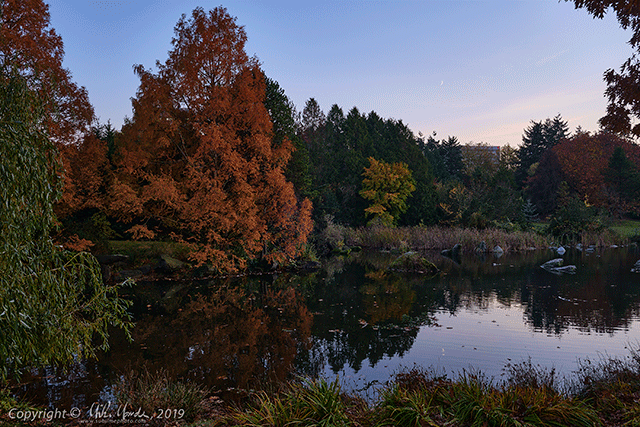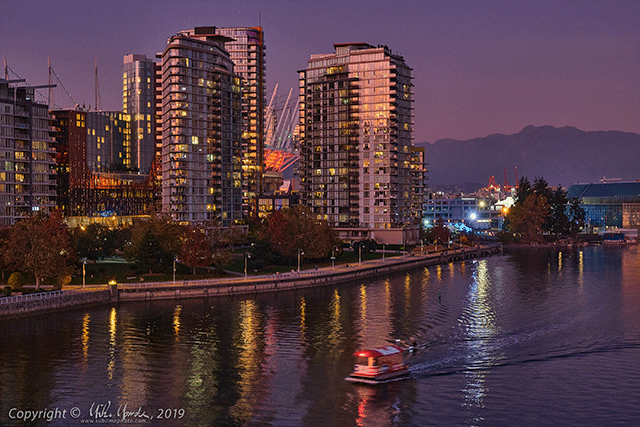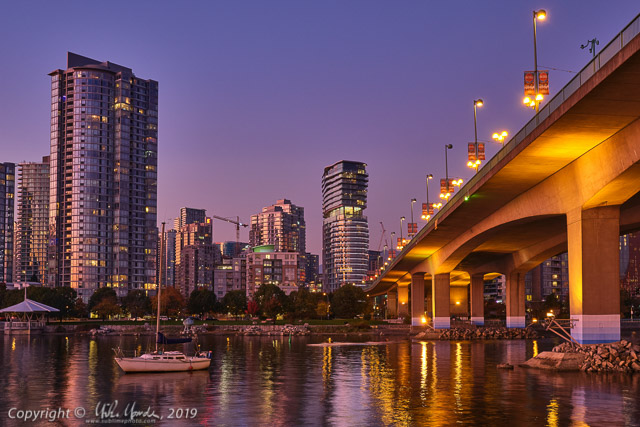Gallery (30 images): First Test! Fujifilm X-Pro3
These are the first tests I shot with a preproduction X-Pro3 body that was loaned to me by Fujifilm. These may also be my last tests since for the moment, I have no intention of buying an X-Pro3 once it is released at the end of this month. Fujifilm intentionally made some design choices for the X-Pro3, with the hopes of attracting a new class of customer, and those choices mean it's a camera that is not very appealing to me. Time will tell if they made the right move. In the meantime, I am still extremely happy with my X-Pro2 body and more recently, with my X-H1 as well. The in-body image-stabilization, really superb EVF and general handling of the X-H1 I find to be very good, even though inherently, I prefer the control layout and handling of a rangefinder style body like the X-Pro2.
In the future, I may elaborate further on what it is I don't like about the X-Pro3, but suffice to say for now it is mainly the hidden-by-default flip down rear LCD, the reduction in the number of customizable buttons, and the significant reduction in the Hybrid-Viewfinder's OVF functionality in order to make room inside for a slightly improved EVF. There is a slight increase in magnification when compared to the X-Pro2, and a substantial improvement in contrast and smoothness, but I feel the EVF is still nowhere near as good as the one in the X-H1 or X-T3, and the improvements are not enough to compensate for the compromises made with the OVF in my opinion.
That said, the X-Pro3 is still a very capable picture taking machine, and performance and image quality are indeed improved in many ways over the X-Pro2 (and X-H1)... however, just not enough to overcome the reduction in handling ergonomics for my tastes. Others may certainly beg to differ, and might find the X-Pro3 a perfect camera for their needs.
In the above linked gallery, most shots were handheld and many were taken late in the evening, so exposures were a challenge. Many scenes had quite a high dynamic range and so I often underexposed the shots to maintain highlight detail and then adjusted them in post to bring back the shadows. In this way, the X-Pro is very good and is slightly improved over the already good performance one gets from the previous generation of Fujifilm X-Trans sensors, like in my X-Pro2 to X-H1. Raw conversion and processing was done in Capture One Pro, and I should also add that not only was the X-Pro3 hardware preproduction, but its firmware was as well. Therefore, the images in the gallery may not be entirely representative of what a production level camera will give.
One item in particular that I want to point out, is that I am not a fan of the appearance of the noise in large, smooth areas of sky in some of the heavily brightened, wide dynamic range high ISO shots. Capture One's NR is creating a slightly blotchy result with its smoothing and while low ISO shots are definitely superior compared to Adobe's rendering of X-Trans raws, I think I still prefer high ISO shots as processed through Lightroom, as least in terms of its noise reduction. Hopefully when Capture One 20 comes out of beta, it will see some improvements on that front. Note that this blotchiness is a processing issue, and is not at all related to the X-Pro3. Other raw converters show a more even noise pattern, but I do prefer Capture One Pro's conversion in many other respects.
Below are two animated GIF examples of the degree of adjustment I performed on two of the images which had rather high dynamic range requirements, with the darker version being the default when opened in Capture One, and the brightened version the adjusted one published in the gallery...

The shot below was taken in rapidly fading evening twilight at ISO 800, with a 1/3 second exposure handheld using the venerable XF 18-55mm f/2.8-4 OIS zoom, clearly with its stabilization switched on!




0 comments:
Post a Comment